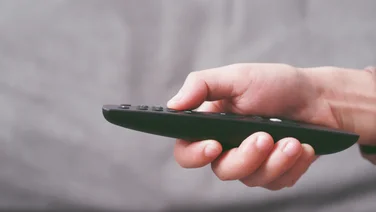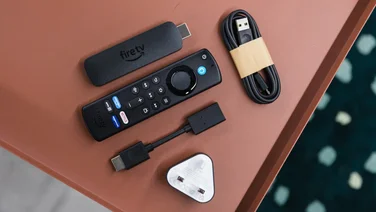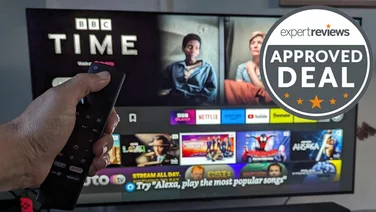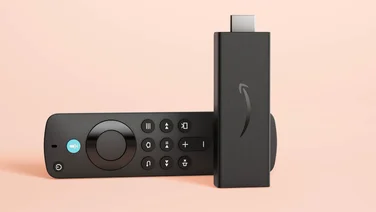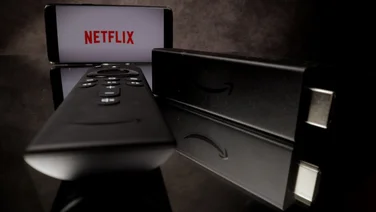To help us provide you with free impartial advice, we may earn a commission if you buy through links on our site. Learn more


We’ve already tested out Intel’s Wireless Display by using a Dell Inspiron 15R laptop with WiDi built in, and a Netgear Push 2 TV, but the experience left us frustrated. Not only was the connection unreliable, but you couldn’t use your laptop for anything else while a video was playing.
Q-Waves’ Quicklink HD kit claims to solve both problems. First, it uses Wireless USB technology – also known as Ultra WideBand – rather than WiFi. This provides a connection speed of up to 480Mbit/s and allows your TV to run as an extended desktop, so you can continue to use your laptop screen for other tasks.

The kit supports video up to 1,920×1,080 and audio up to 5.1 channels, so your laptop needs to be powerful enough to play video with these specifications. The laptop doesn’t need a Full HD display, of course, as the video will be played back on your HD TV. Unfortunately Blu-ray video isn’t supported. In the box you’ll find two USB dongles, a base unit with HDMI, optical S/PDIF and minijack headphone outputs and a power supply. You plug the dongle with the right-angle USB port into your laptop or PC and the other into the base. There are two positions – horizontal and vertical – but the manual advises positioning both dongles vertically.
Wireless USB isn’t like WiFi: it works within a room and needs line-of-sight. For the best performance there should be no obstructions between the dongles, and Q-waves say they need to be placed less than 3m apart for proper pairing, and no more than 6m apart for streaming.
Initial setup is fairly simple and involves installing the driver for the USB dongle. Once that’s done and the other dongle is plugged in and the base connected to your TV’s HDMI input, the two dongles pair automatically and your laptop’s screen will be mirrored on your TV. Using Windows’ Display Properties, you can change this to an Extended display. Our 37in LG TV’s resolution was correctly detected, but the resulting image was too large. Changing the TV’s aspect ratio to ‘Just Scan’ prevented it from scaling the image, and led to a perfect fit.
We played a 1080p QuickTime trailer in Windows Media Player to find out how the Quicklink HD coped with hi-def video. There were no noticeable problems with compression artefacts. However, despite the relatively low 9.5Mbit/s bitrate, frames were dropped and the video became jerky on occasion. This didn’t happen with a 720p version of the trailer. We played the 1080p version several times and noticed that audio was sometimes out of sync with the video, but was fine the other times we played it.

Overall, we were impressed with the Quicklink HD’s ease of use and reliability; the connection never dropped throughout our tests. Even when we rebooted our laptop, or removed and reinserted the dongle, we never had to reconfigure the extended desktop – it behaved no differently from a second monitor.
The main problem with the kit is the price. £122 is a lot of money for what is essentially an HDMI cable replacement. A 6m HDMI cable can cost 10 times less and eliminates the issue of dropped frames. If you absolutely have to have wireless HD video, this is a good choice, but those that can live with a wire should save their money.
| Details | |
|---|---|
| Price | £122 |
| Rating | *** |

